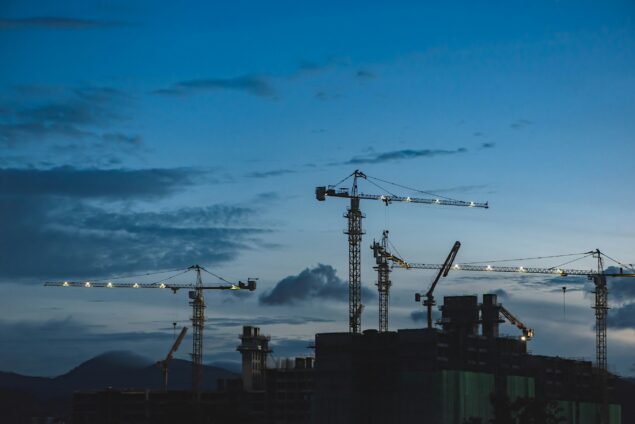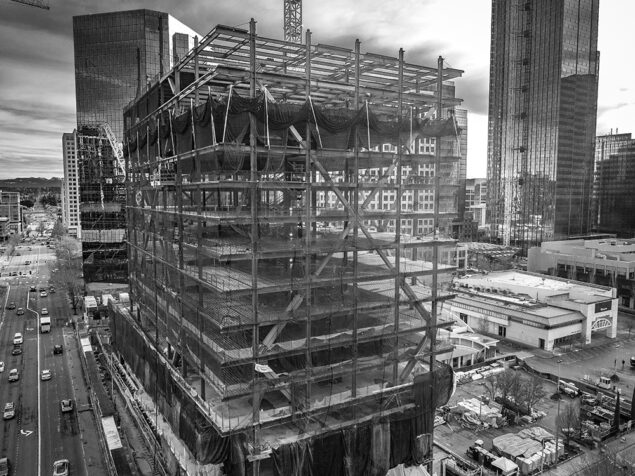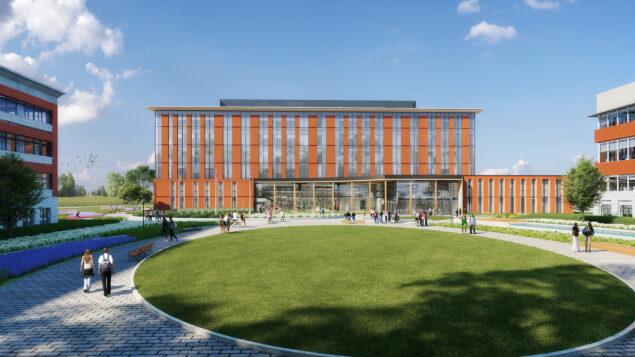While we tend to consider data an abstract form—the “cloud,” for example—it still requires physical equipment that needs to operate efficiently and effectively in a space that requires controlled conditions and power.
Lots of power.
In fact, the largest data centers use enough electricity to power 80,000 households, according to a recent study by real estate advisor Newark. And, with the unprecedented pace of artificial intelligence (AI), data center power demand is anticipated to grow 160% by 2030, according to Goldman Sachs Research.
When you consider all the challenges that come with this, the concept of data doesn’t feel so abstract.
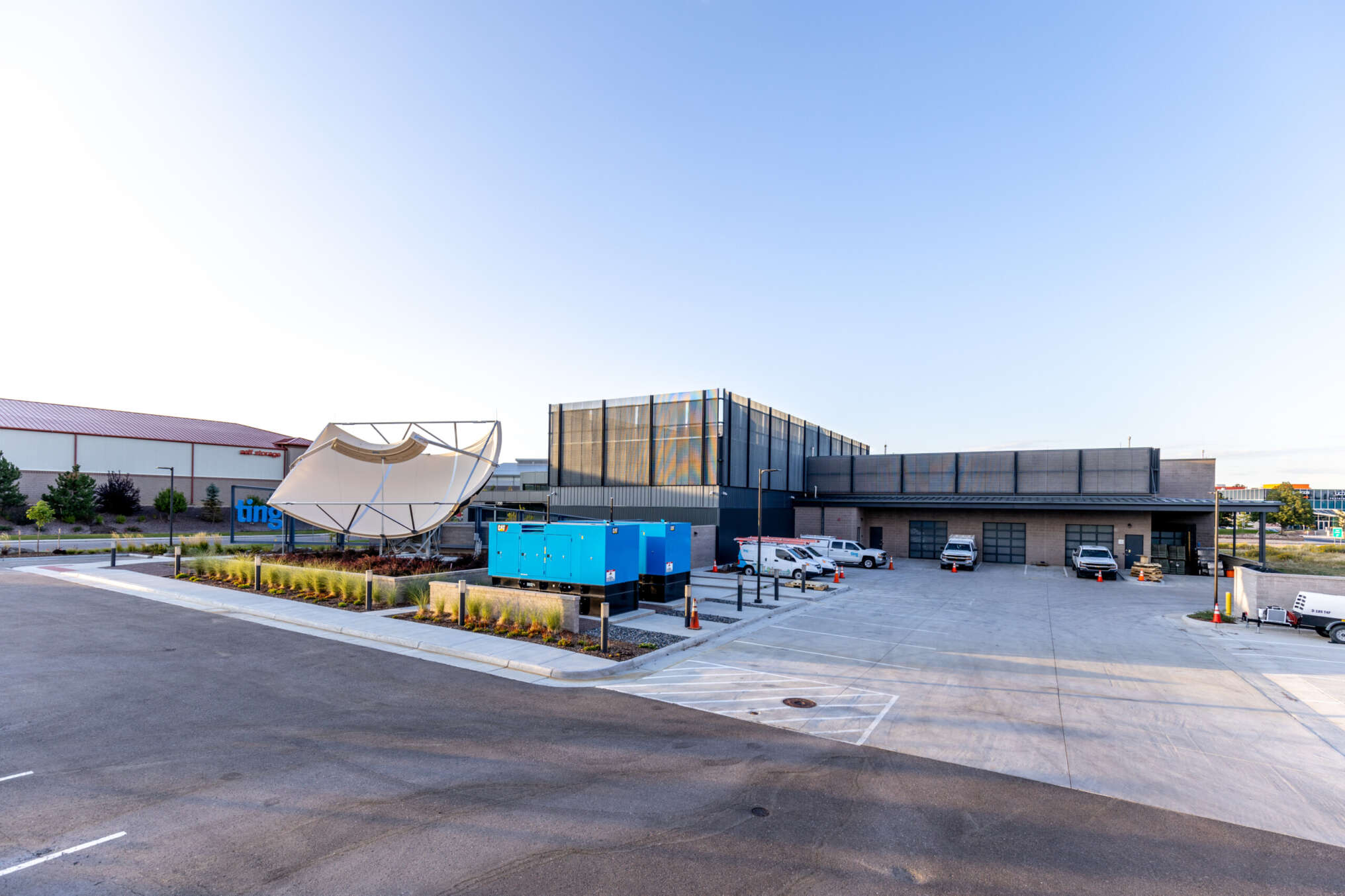

Earlier this summer, DCI hosted a Data Center NW panel discussion, “PNW at a Glance: The Current State of the Critical Facility Market” in Seattle. Principal and event MC Erik Pearson was joined by AJ Steinbrecher, Director of North America Land Acquisition for Microsoft, and Christy Swearingen, Principal at Swearingen Development Partners, to shed light on the critical journey from construction to operations and delivering high-performance data center facilities.
The event generated thoughtful questions and engaging conversations, so we decided to extend the topic more broadly, re-hashing some of Steinbrecher and Swearingen’s thoughts with some additional input from Mohammad Haq, Associate Principal with PAE, to offer perspective on the power demands and how MEP considerations play a critical role. The group weighed in on the current challenges and what it might take to solve those together.
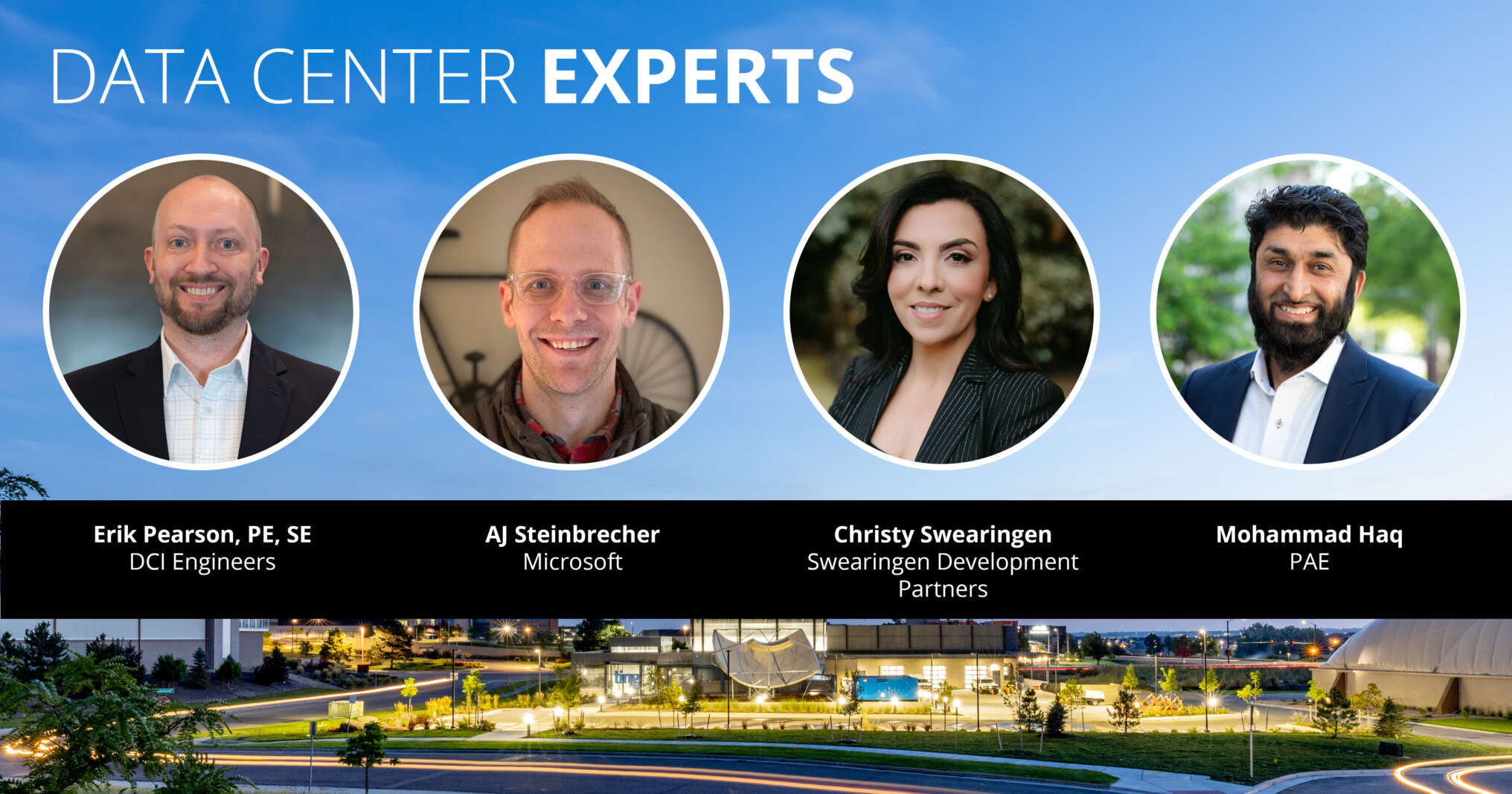

ENERGY CONSUMPTION & THE BUILT ENVIRONMENT
In the wise words of Uncle Ben to Peter Parker, “With great technology comes great energy consumption.”
Or something like that.
But truly, it seems we have at least a baseline of responsibility with the amount of power—intellectual and the means for its production—that has become so integral to a thriving society. Because, as Steinbrecher points out, Data centers provide the physical infrastructure for the technology we depend on at work and in our personal lives.
With these centers relying on so much power to operate, the cross-over between the built environment and computing technology has never been stronger.
Just as the AEC industry is prioritizing a reduction in its carbon footprint, as highlighted by the Architecture 2030 Challenge and SE 2050 Commitment (of which DCI is a signatory firm), tech companies are taking a closer look at their roles in environmental impact, as well.
Steinbrecher noted Microsoft is already making moves. The company will have power purchase agreements (PPA) for green energy contracted for 100 percent of carbon-emitting electricity consumed by all their data centers, buildings and campuses.
“By 2025, our Microsoft cloud will shift to 100 percent renewable energy,” he said. “And by 2050, Microsoft will remove from the environment all the carbon the company has ever emitted, either directly or by electrical consumption, since our founding in 1975, inclusive of our datacenter operations.”
In addition to a center’s pull on the grid to operate systems, there’s the amount of power to consider for keeping those systems from overheating. When it comes to sustainability opportunities, a major factor is cooling load.
“A lot of water comes out of the coils and gets collected into massive tanks. We’re talking 1.6M to 3M gallons at a given site. We want to conserve some of that upfront in early design,” noted Haq. “We’ve got some ideas on how to use that water for farmlands and potential irrigational systems.”
Hyperscalers are looking at land availability, along with decent power rates and good reliability, making where these centers are located just as much of a factor.
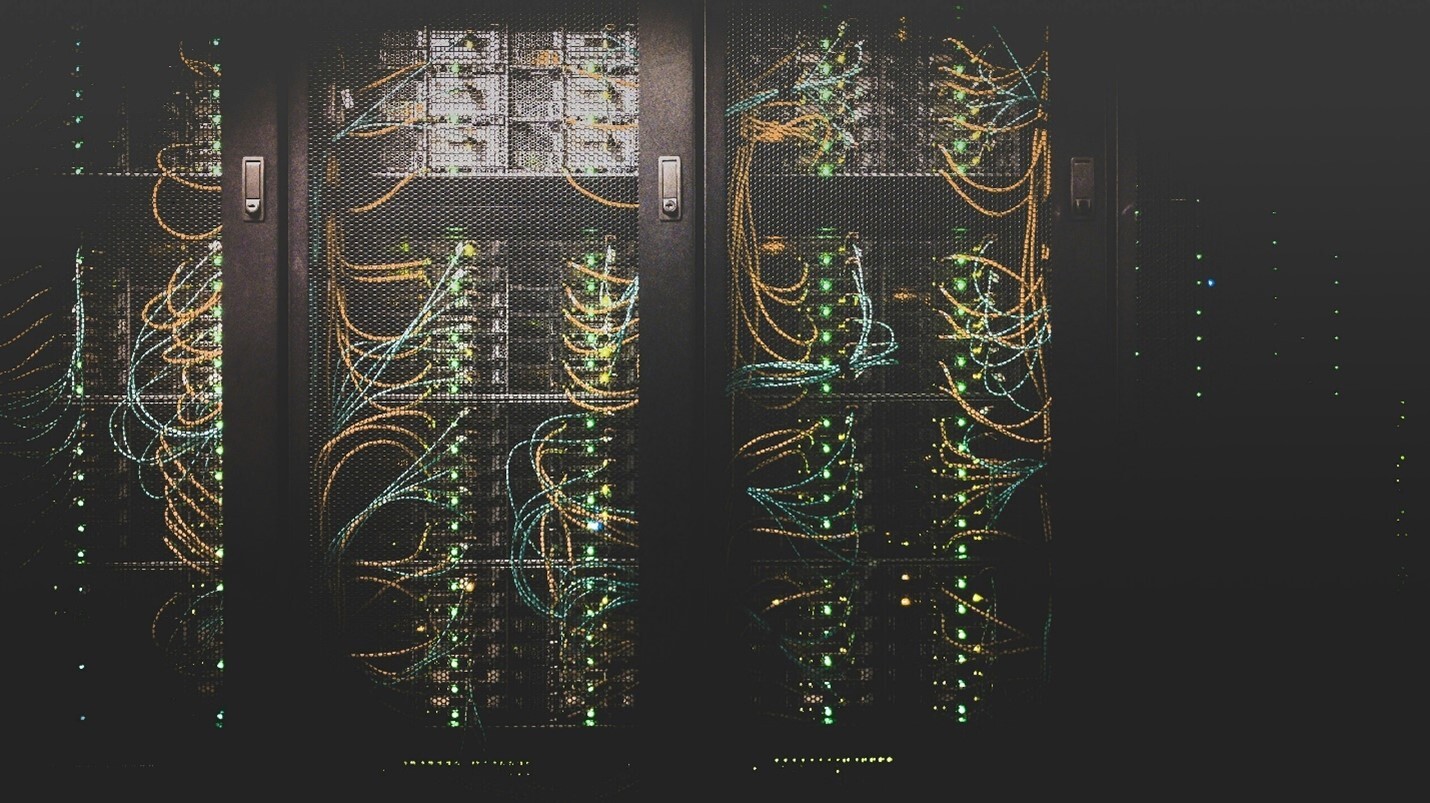
LOCATION, LOCATION, LOCATION
“We just need more space,” Haq stated matter-of-factly.
And that need for land means data centers are the new neighbors on the block as they’re popping up all over the map, particularly on the east coast and throughout the central states.
That rate of growth not only requires mindfulness in the design—such as opportunities for efficiency, repeatability and sustainability—but the footprint and relational impact on communities. Local community involvement and opinions on data center developments are more important than ever.
“Everything from the look of the building, sustainable construction practices, the construction timeline and the end-of-life plan are becoming important stories that need to be captured and executed,” noted Pearson.
Swearingen added, “While the technical and preparatory aspects of establishing data centers have advanced significantly, there is a gap in effectively communicating their positive economic and environmental contributions to the community.”
She outlined them as follows:
Community Perception: The positive impact of data centers on the community is not well communicated. Many people focus solely on the substantial infrastructure resources consumed by data centers, overlooking the significant efforts made by the tech community to adopt green energy, reduce reliance on non-renewable materials, and improve operating conditions.
Economic Contributions: The benefits such as the taxes paid by data centers, which contribute to building roads, schools, parks, and addressing other community needs, are often not recognized. Unlike traditional developments, data centers support community infrastructure without overburdening it.

TAKEAWAYS
Steinbrecher: The need for data centers and computing power will continue to grow as our day-to-day life is further influenced by this digital revolution. As the industry continues to expand, we grow into new communities and evolve our needs – there is both a need and an opportunity to provide education on how data centers function. This is also a challenge for the industry to provide not only the response to community questions, but to support the solutions. Local data center infrastructure supports and stimulates the economy and bolsters job opportunities in these communities. This industry has a great opportunity to continue driving innovation, promoting economic opportunities, and ensuring sustainability for our environment.
Swearingen: I envision a future where the community comes together to help educate the public. By proactively addressing community concerns and highlighting the benefits, we can foster greater support for the regions we are developing in. This collaborative effort would ensure that everyone understands the positive impact data centers can have on their community. We need local and state officials to get involved in understanding this type of development, the impact, and the way legislation could help advance renewables in the right way to support infrastructure heavy developments while have the most positive impact to the community and the environment.
Haq: With this growing demand, I think something all consultants need to consider is being mindful of their own people. The wants and needs from these hyperscalers are very high – that puts a lot of burden on our internal staff. We’re being mindful of that, taking the projects we can that align with schedules to avoid people burning themselves out. I think we could all use some healthy expectations.
Pearson: Data centers are commonly thought of as large power-hungry box buildings that are best kept out of sight. However, because data centers increasingly exist within towns and currently established communities, they have a significant influence on the surrounding area. Working with the owner and design team, there is an increasing awareness that a successful project will work to integrate the building to the locality, not the locality to the building. Advances in modular construction technology, carbon neutral building materials and whole building life cycle analysis procedures create opportunities for the design team to create a positive environmental addition to communities and better engage those communities in finding a path forward.
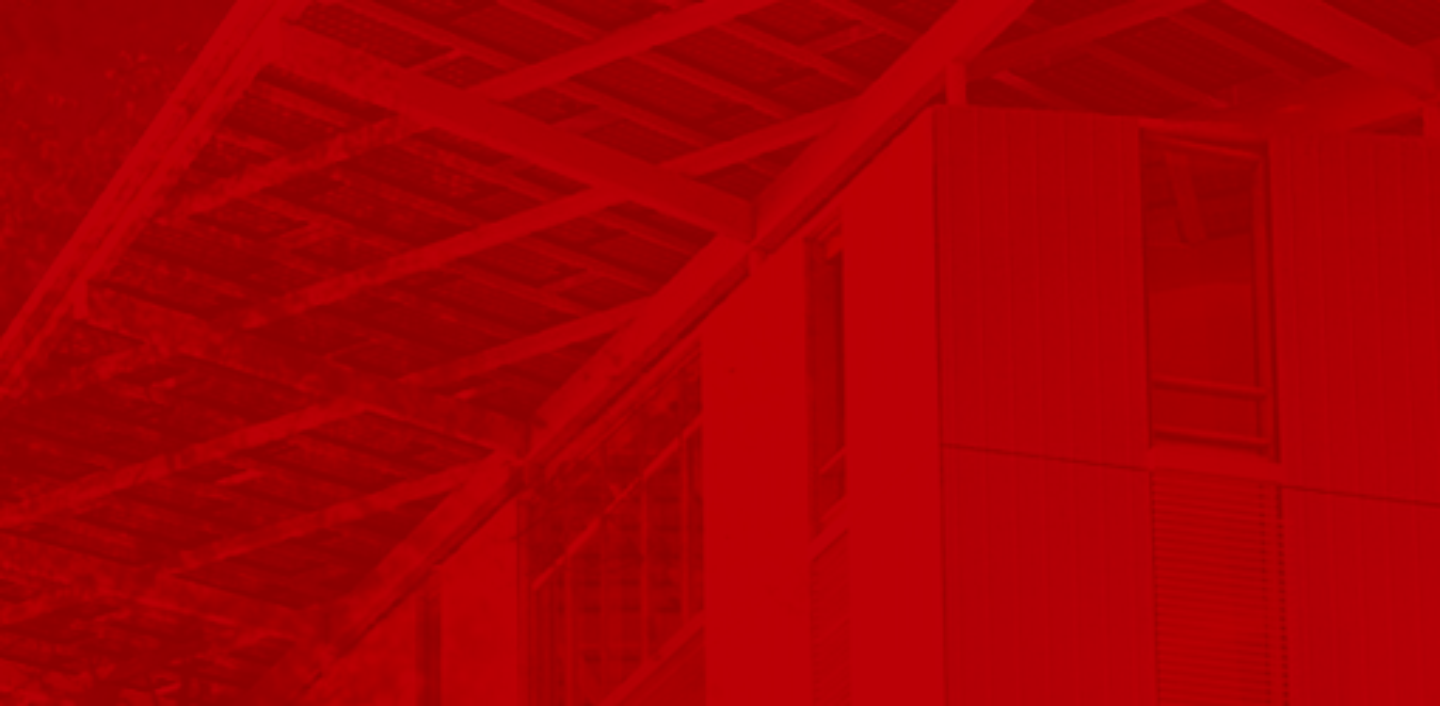
Erin Spaulding, Associate, Communications Manager | Erin comes from a journalism background with an emphasis in feature writing. She enjoys capturing the unique details of a story and is a firm believer that every person (and every project, for that matter) has a story to tell. Erin loves running, fly fishing and learning about unique spaces. Back in Michigan, she owns a little studio condo that's been readapted from an asylum and turned into a mixed-use residential building.
